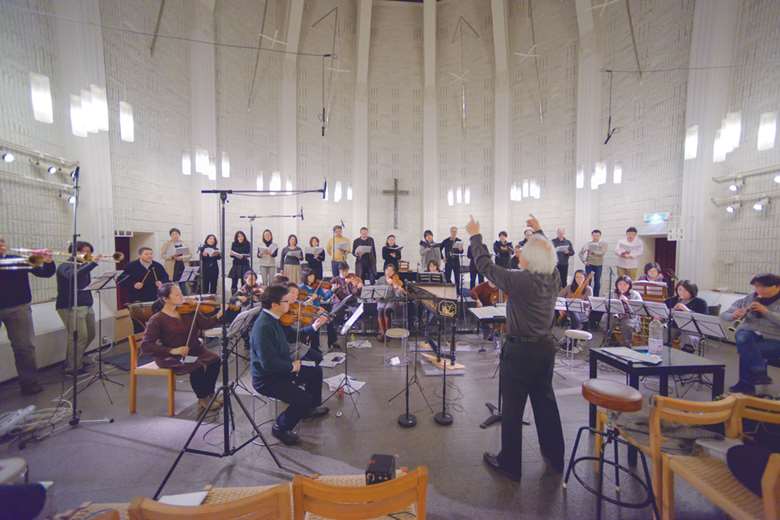Recording Bach's Cantatas, with Masaaki Suzuki and Bach Collegium Japan
Lindsay Kemp
Tuesday, April 18, 2017
Masaaki Suzuki has finally completed his project to record the complete church cantatas of JS Bach. But what has been driving this quiet Japanese musician to tackle one of the greatest achievements in Western music? Lindsay Kemp travels to Kobe to find out

Register now to continue reading
Thanks for exploring the Gramophone website. Sign up for a free account today to enjoy the following benefits:
- Free access to 3 subscriber-only articles per month
- Unlimited access to our news, podcasts and awards pages
- Free weekly email newsletter








